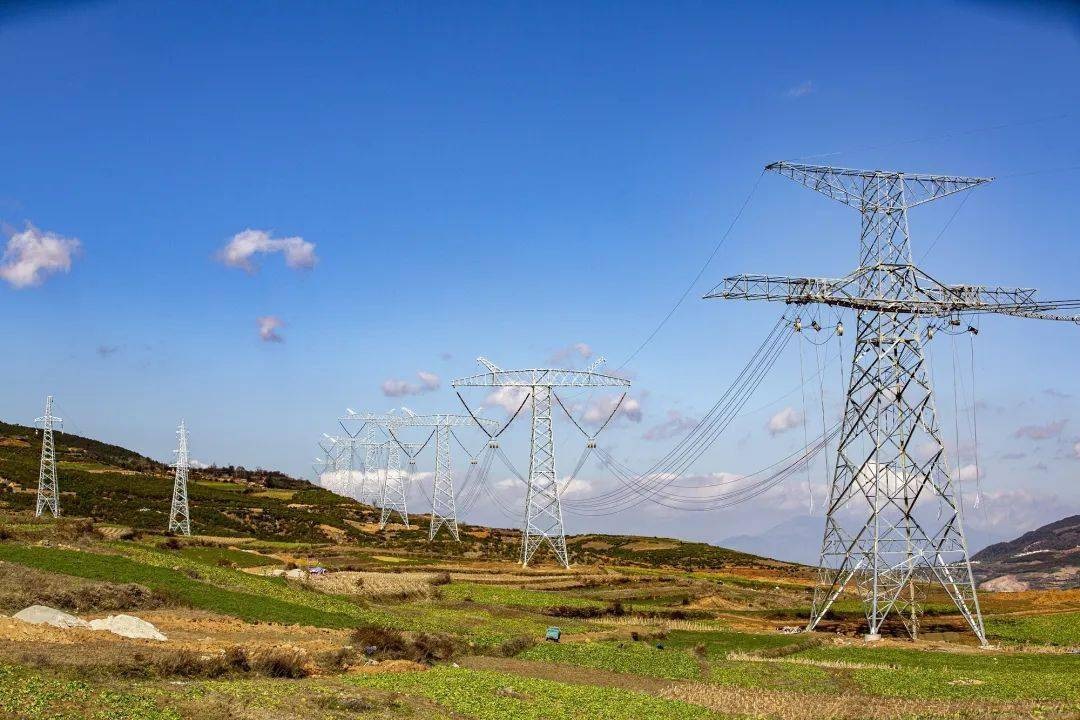
The latest survey data has sounded an alarm on the path of the US economy. The preliminary value of the US Consumer Confidence Index in May was only 50.8, down from the final April value of 52.2, marking the fifth consecutive monthly decline. This change in data is far from a simple fluctuation in numbers; behind it lie multiple factors that profoundly reflect the uncertainty of the US economic outlook and are highly likely to have a significant impact on the future trajectory of the US economy.
From an economic environment perspective, while inflation has moderated, price levels remain high, and the prices of essential goods such as food and energy still place significant pressure on American households. Take gasoline prices as an example: although they are lower than the same period last year, in some regions, the prices displayed at gas stations remain high, making ordinary families cautious about travel costs. Meanwhile, the continuous rise in food prices has caused the figures on supermarket receipts to keep increasing, leading to a high proportion of household spending on food. Additionally, the housing market has also become a headache for consumers. The coexistence of high housing prices and high loan interest rates has left many young people discouraged from buying homes, and even families with home-buying intentions have chosen to postpone their plans due to economic pressures.
The labor market appears stable, with the unemployment rate remaining at a low level, but crises lurk beneath the surface. Many newly added jobs are concentrated in low-wage service industries such as catering and retail. These positions not only offer limited salaries but also have poor job stability. Moreover, the wave of layoffs in the technology industry continues, as large tech companies have carried out large-scale layoffs to cope with economic pressures. This has created a strong sense of crisis among employed workers, who fear becoming the next to be laid off. Such structural problems in the labor market have made consumers worried about their future income expectations, thereby discouraging them from easily increasing their consumption expenditure.
The Federal Reserve's long-term interest rate hike policy has, to some extent, curbed inflation but has also brought about a series of chain reactions. High interest rates have significantly increased corporate financing costs, forcing many companies to cut investment plans and delay expansion. The reduction in corporate investment directly affects job creation and economic growth momentum. At the same time, for consumers, high interest rates have also increased borrowing costs, with the repayment pressure significantly rising for credit card overdrafts, auto loans, and home loans. In such circumstances, consumers are more inclined to save and reduce unnecessary consumption to cope with potential economic risks in the future.
The continuous decline in the consumer confidence index has already begun to show negative impacts in the economic field. As the main driving force for US economic growth, weak consumption has directly dragged down overall economic growth. The retail industry has been hit first, with sales declining for many well-known retail enterprises, and some even having to close stores to reduce losses. The auto sales market is also in a poor state, with consumers' willingness to purchase new cars decreasing and dealers facing severe inventory backlogs. The downturn in consumption will also transmit to the production side: due to insufficient market demand, enterprises have to cut production and reduce raw material purchases, thereby affecting the operation of the entire industrial chain and weakening economic growth momentum.
For the US government and the Federal Reserve, how to address the current economic difficulties has become an urgent problem to solve. The government may consider introducing policies to stimulate consumption, such as issuing consumption vouchers and providing tax incentives, to boost consumer confidence and promote consumption growth. The Federal Reserve, on the other hand, needs to strike a balance between controlling inflation and stimulating the economy. Whether it will adjust its monetary policy in the future, such as cutting interest rates or maintaining them unchanged, will become the focus of market attention. However, no matter what measures are taken, it is necessary to carefully weigh the advantages and disadvantages to avoid triggering new economic problems.
The consecutive decline in the US consumer confidence index is an epitome of the many challenges facing the US economy. In the future, whether the US economy can emerge from its predicament depends not only on policy adjustments by the government and the central bank but also on factors such as the global economic situation and international political landscape. In an economic environment full of uncertainties, the future trajectory of the US economy is full of variables and deserves continuous attention from global markets.

報告顯示,中國電力投資加速增長,預計2024年電網基建投資將超過5300億元。
近日,市場迎來了一則引人注目的消息:工業巨頭3M公司(MMM.N)在本周五公布了其季度業績報告,隨後股價飆升至近兩年來的
最近,外媒給OpenAI算了筆賬,今年可能要血虧50億美元。
近日,巴黎奧運會和世界鐵人三項協會聯合發布了一項重大決定,宣布因塞納河水質污染問題,原定於近期進行的奧運會鐵人三項首次下
當地時間7月18日,法國巴黎發生了一起令人震驚的持刀襲警事件。
近期,一則重大消息在國際舞臺上引起軒然大波,馬來西亞宣布加入金磚國家。
調查發現,互聯網和智能手機的使用幹擾了韓國近五分之一學生的生活。